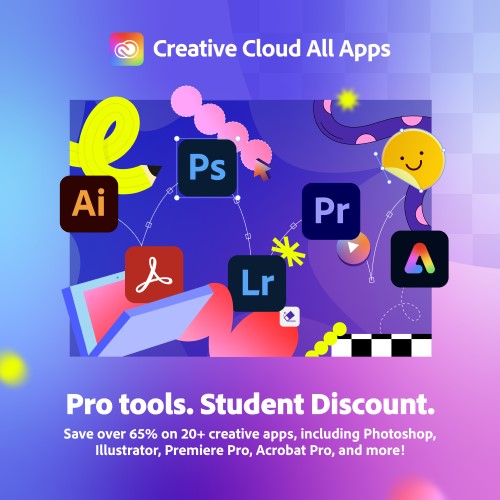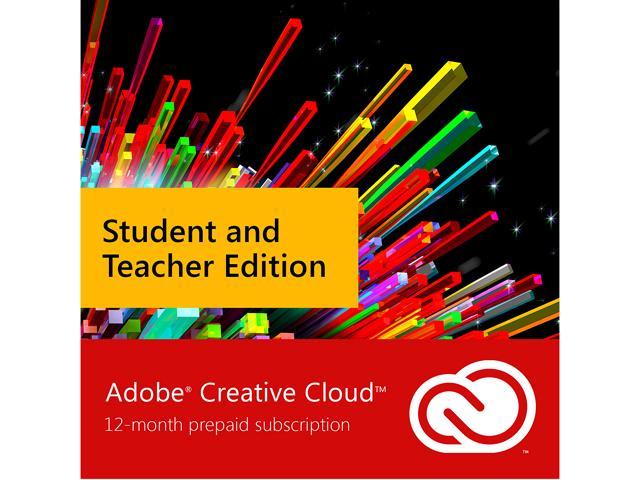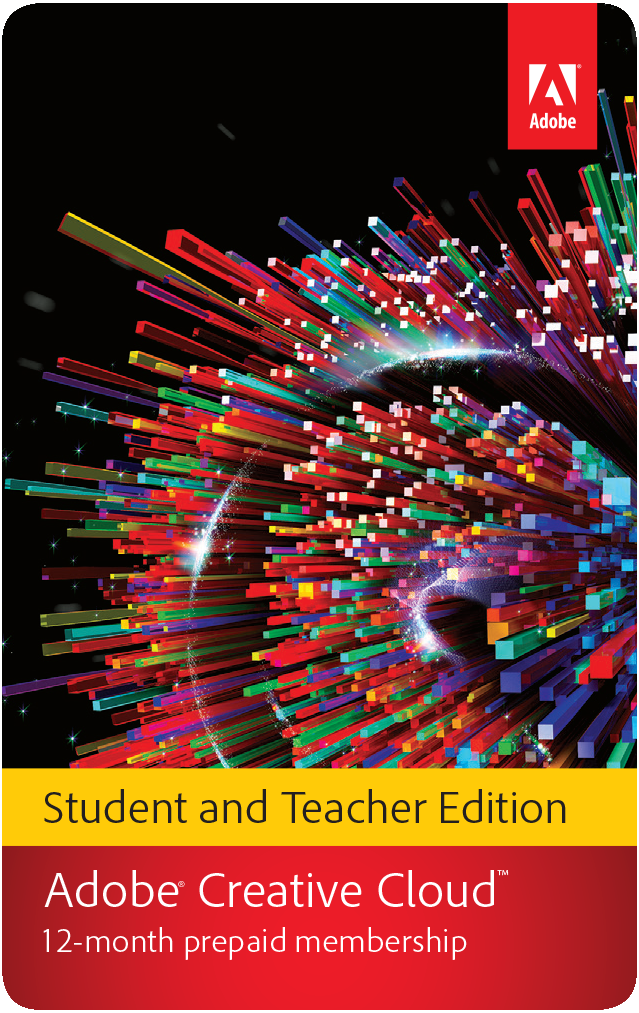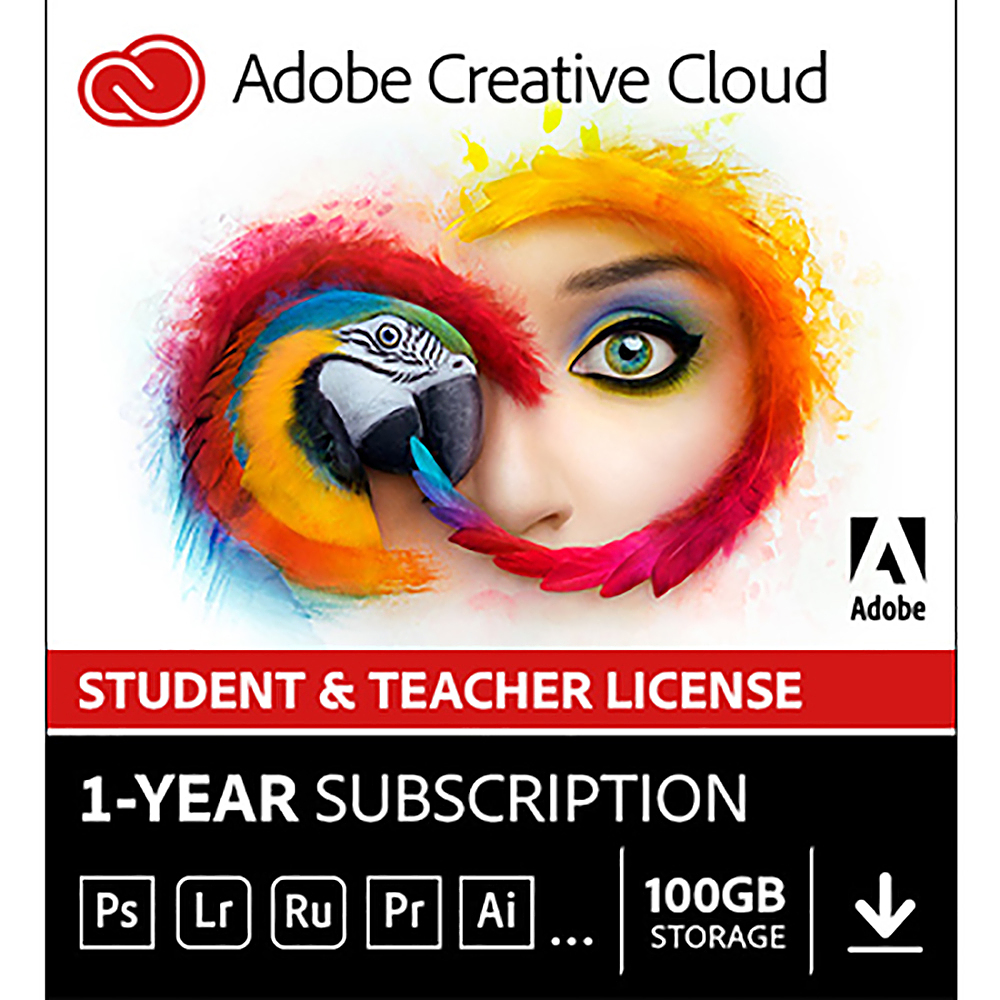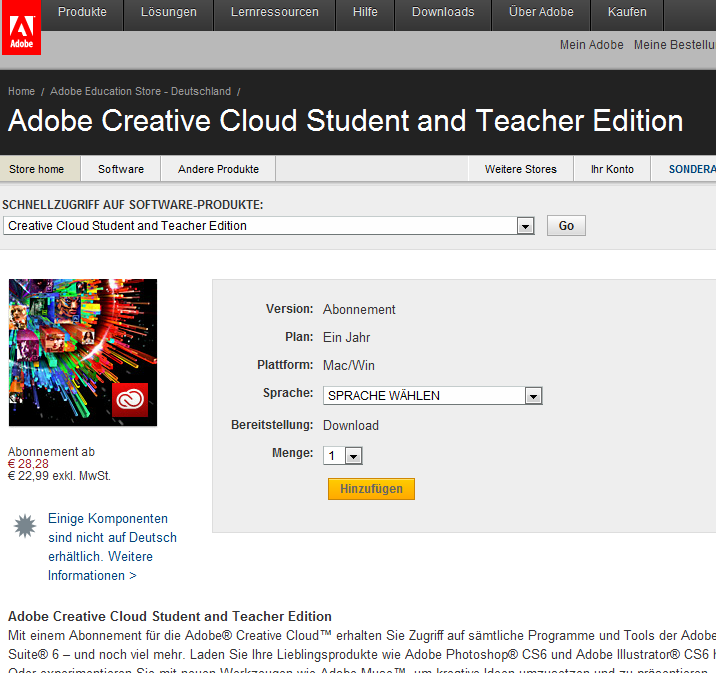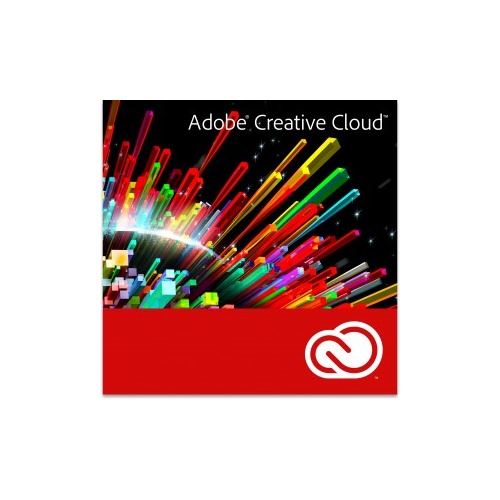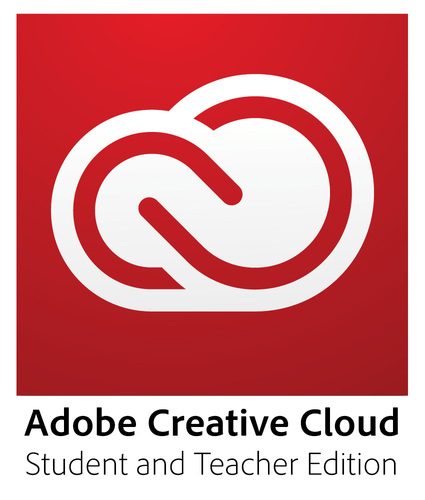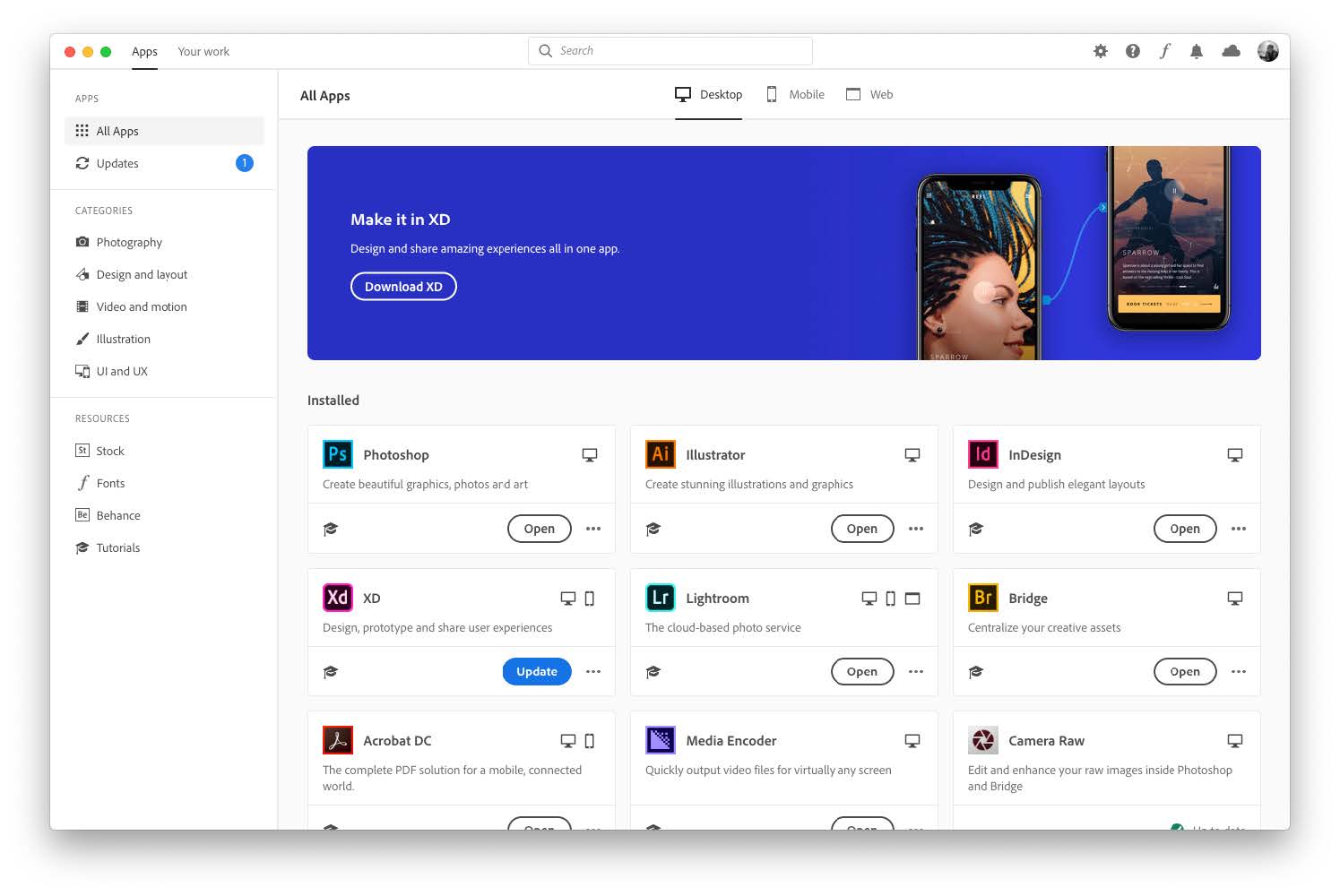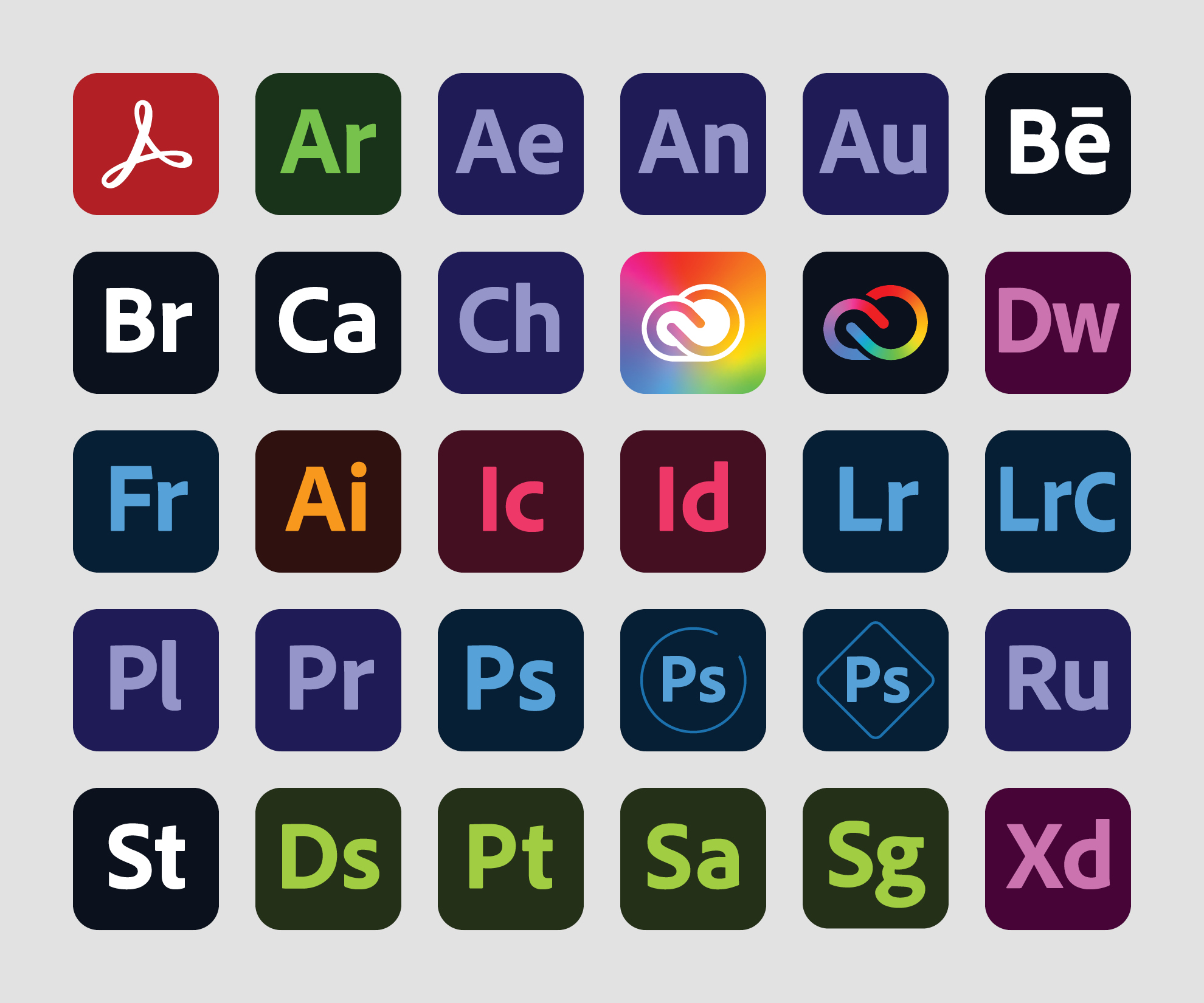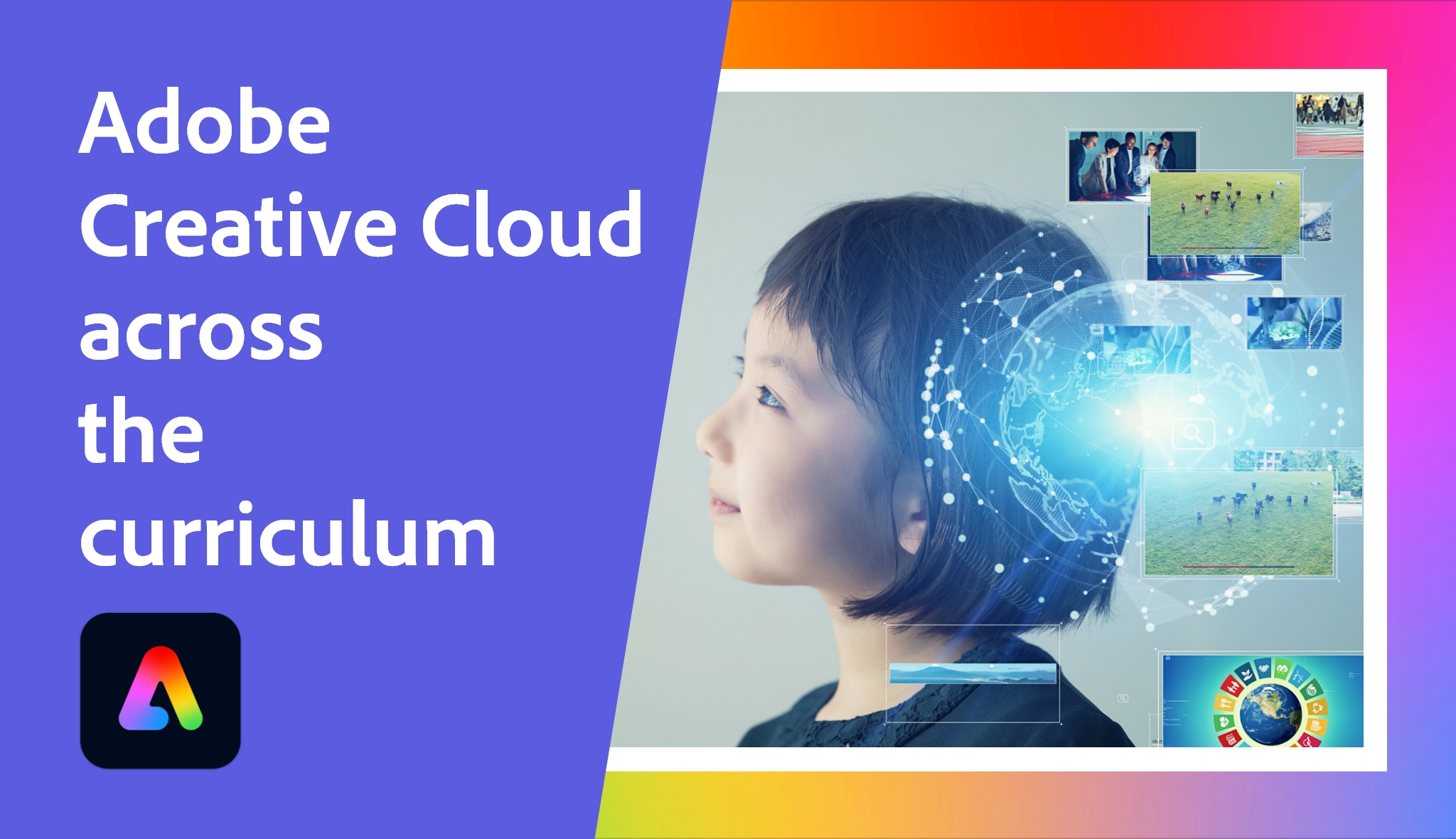Adobe Creative Cloud Student & Teacher Edition
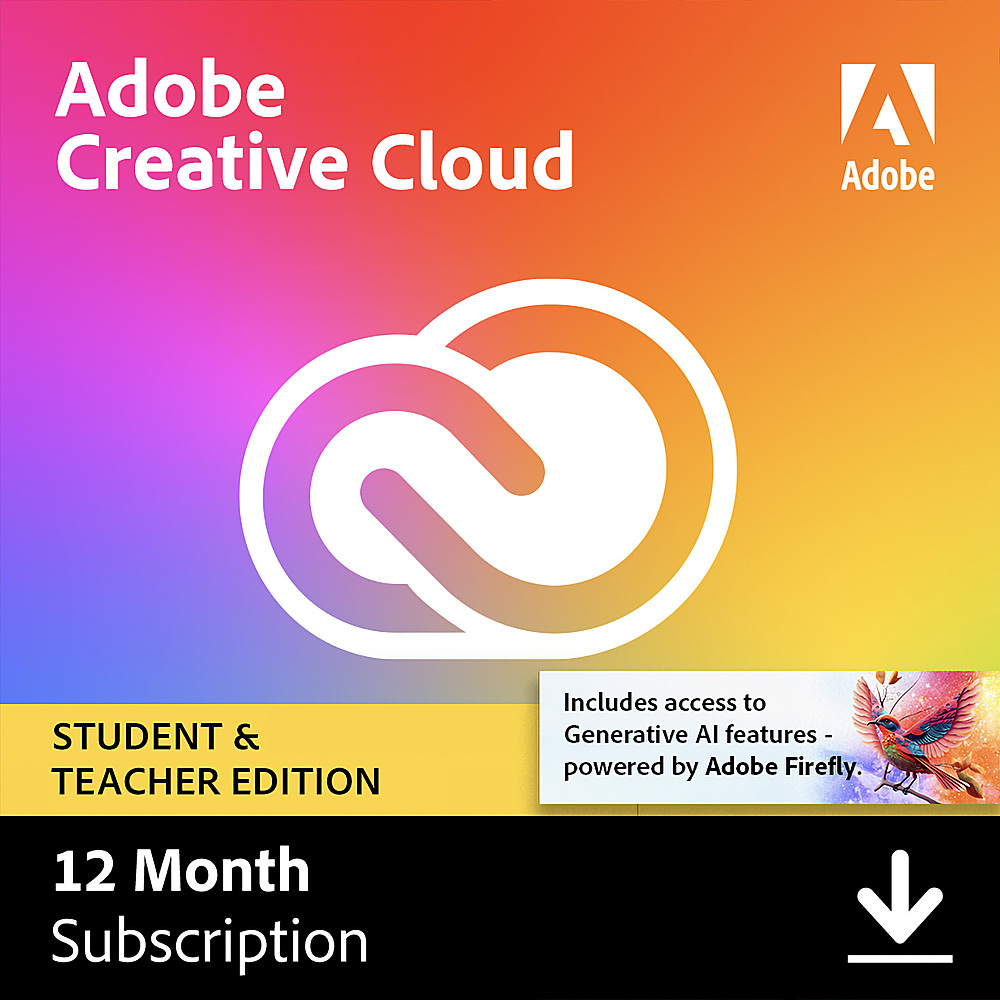
The rising cost of education continues to be a significant barrier for countless students and educators. Access to essential software, particularly in creative fields, often adds a considerable financial burden.
Adobe's Creative Cloud Student & Teacher Edition aims to alleviate this strain, offering discounted access to its suite of industry-standard creative tools. But is it truly an equitable solution, and does it effectively empower the next generation of creative professionals?
Understanding the Creative Cloud Student & Teacher Edition
At its core, the Creative Cloud Student & Teacher Edition provides eligible individuals with significantly reduced prices on Adobe's comprehensive suite of applications. This includes widely used programs like Photoshop, Illustrator, Premiere Pro, and InDesign.
According to Adobe's official website, eligible students and teachers can save over 60% compared to the regular subscription price. This represents a substantial saving, potentially opening doors for individuals who might otherwise be unable to afford these tools.
Eligibility Requirements
However, eligibility is a crucial factor. Students must be enrolled at an accredited higher education institution, and teachers must be employed by a qualified educational institution.
Proof of eligibility, such as a student ID or employment verification, is required to maintain the discounted subscription. This process ensures that the program is targeted towards its intended audience.
The Benefits of Access
Access to the Creative Cloud suite empowers students and teachers in numerous ways. It enables them to develop essential skills in design, video editing, and other creative fields. These skills are highly valued in today's job market, providing a competitive edge for graduates.
Furthermore, the Creative Cloud facilitates innovative teaching methods. Educators can integrate these tools into their curriculum, creating engaging and interactive learning experiences.
Perspectives on Affordability and Accessibility
While the discounted price is undoubtedly beneficial, some argue that it may still be unaffordable for certain students, particularly those from low-income backgrounds. The ongoing subscription model, even at a reduced rate, represents a recurring expense.
Concerns have also been raised regarding the accessibility of necessary hardware. Running Creative Cloud applications often requires powerful computers, which can be another significant financial hurdle. As stated by National Education Association (NEA), digital equity must ensure every student has "access to digital tools, broadband internet, and quality learning content" (NEA, 2022).
Adobe has implemented initiatives like device rental programs in some locations to help address this issue. However, broader solutions are needed to ensure truly equitable access.
The Role of Educational Institutions
Educational institutions play a vital role in bridging the digital divide. Many colleges and universities offer computer labs equipped with Creative Cloud software, providing students with access regardless of their personal financial situation.
Furthermore, some institutions negotiate site licenses with Adobe, allowing them to provide access to the software for all students and faculty. This proactive approach significantly enhances accessibility.
Looking Ahead: Future of Creative Education
The demand for creative skills is expected to continue growing in the coming years. Ensuring that students and teachers have access to the necessary tools is crucial for fostering innovation and preparing the next generation of creative professionals.
Adobe's Creative Cloud Student & Teacher Edition represents an important step in this direction. However, ongoing efforts are needed to address affordability concerns and expand accessibility to all students, regardless of their background.
Creative cloud is still leading the digital transformation, further development will depend on a collaborative effort involving software companies, educational institutions, and government agencies, ensuring a more equitable and inclusive future for creative education.
